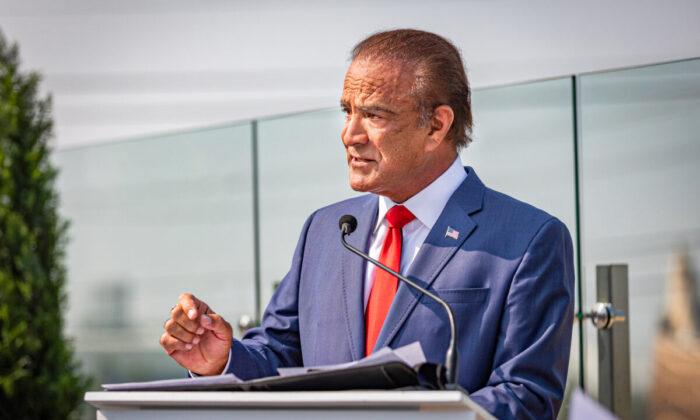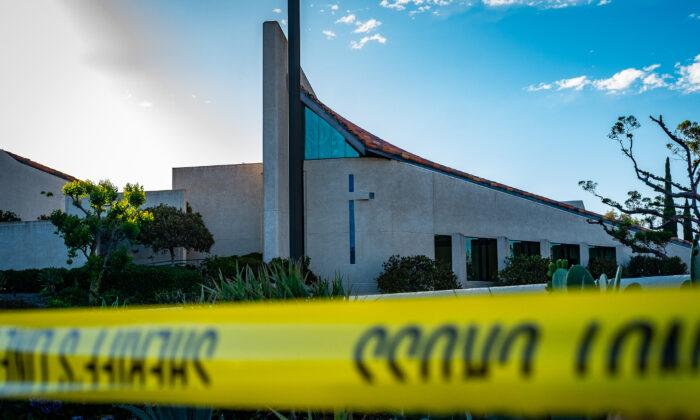As California gas prices continue to reach record highs amid tensions between Russia and Ukraine, Assemblyman Kevin Kiley (R-Rocklin) and Gov. Gavin Newsom each proposed a plan to cut the statewide gas tax for a period of time.
Kiley introduced Assembly Bill 1638 on Jan. 12 to suspend the gas tax for six months to save residents nearly 50 cents per gallon as gas prices began to reach $6 a gallon in some parts of the state—a massive “burden” on commuting Californians that is likely to persist in the following months, according to experts.
California’s gas tax is the highest in the country, so the bill aims at giving “taxpayers a little bit of relief” while the state is expecting tens of billions of budget surplus this year, Kiley told The Epoch Times.
While Kiley’s bill is likely to be reviewed in the spring, it was proposed as an emergency measure and thus would take effect immediately once passed.
Gov. Newsom also proposed a one-year reduction in the gas tax rate. In order to offset an inflation adjustment that will raise gas prices across the state on July 1, the proposed act would cut the tax by 3 cents per gallon so taxpayers won’t see a change in rates.
The soaring prices at the gas pumps can be attributed to current global tensions, the alleviation of COVID-19 restrictions, and the switch in gasoline for the spring and summer season, according to Patrick De Haan, an analyst at GasBuddy, a tech company providing gasoline pricing and forecast through its mobile application.
With Russia being the world’s second-largest oil producer, the situation with Russia and Ukraine has severely impacted the oil supply and caused instability in oil markets, De Haan said.
“Californians could be paying much more at the pump come summer, with even larger spikes should the Russia situation escalate further,” De Haan told The Epoch Times.
California’s average gas prices are currently set at the record high of $4.74 per gallon, but as the warmer months approach and more residents travel during spring and summer, Californians can see the demand set prices over $5 per gallon, according to De Haan.
As summer ends and the demand for gas decreases, residents will likely see lower gas prices at the end of summer or in fall, De Haan said.
Besides the seasonal rise of demand and this year’s global tensions, the state regularly switches over to “summer-blend” gasoline for the months of January through September to reduce emissions when more drivers are on the road—pushing the prices up to about 15 to 20 cents higher per gallon in comparison to the winter blend, according to Anlleyn Venegas, spokesperson for American Automobile Association.
Venegas also agreed that the current trend will likely continue until the end of summer.
As gas prices remain unpredictable, Venegas recommends drivers save money on gas by changing their driving habits and maintaining their cars regularly.
For instance, rotating car tires and removing unused travel gear on the roofs of cars—which tends to make the car heavier—can reduce gas consumption.




